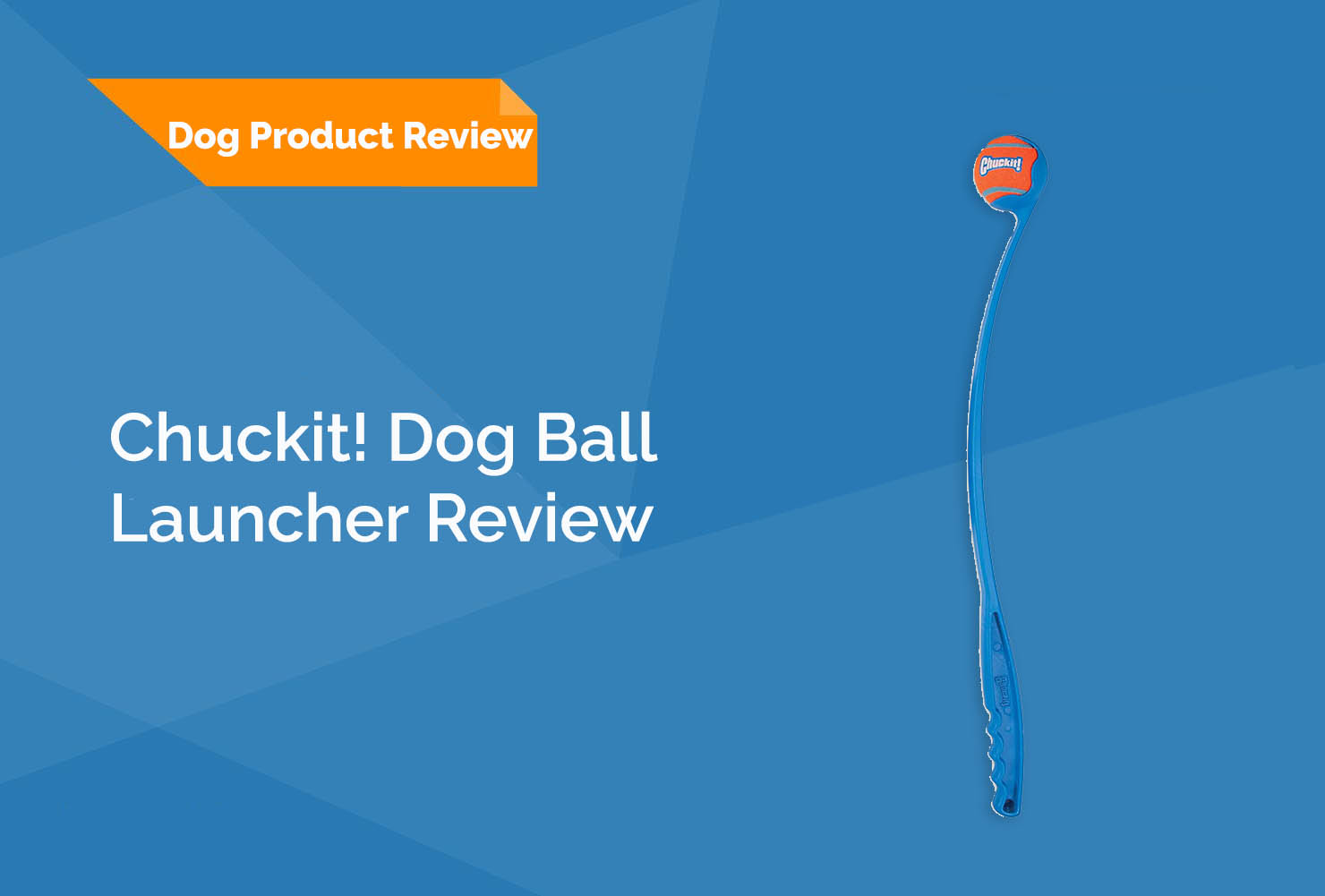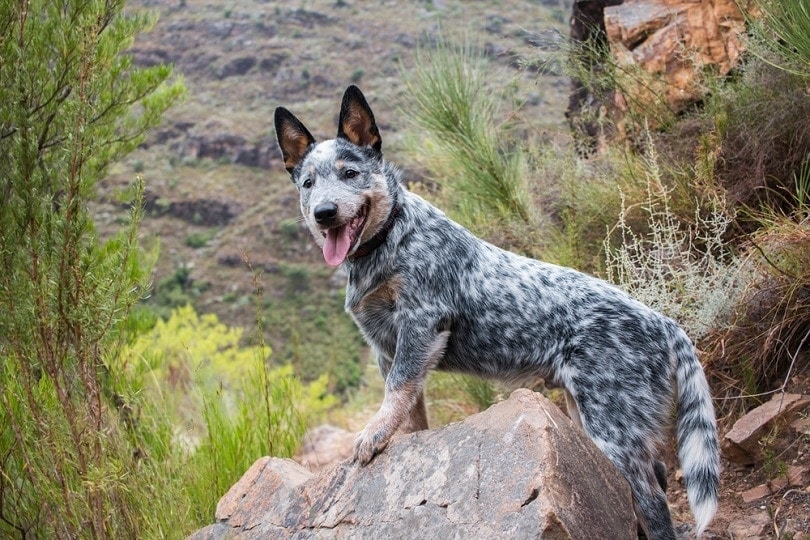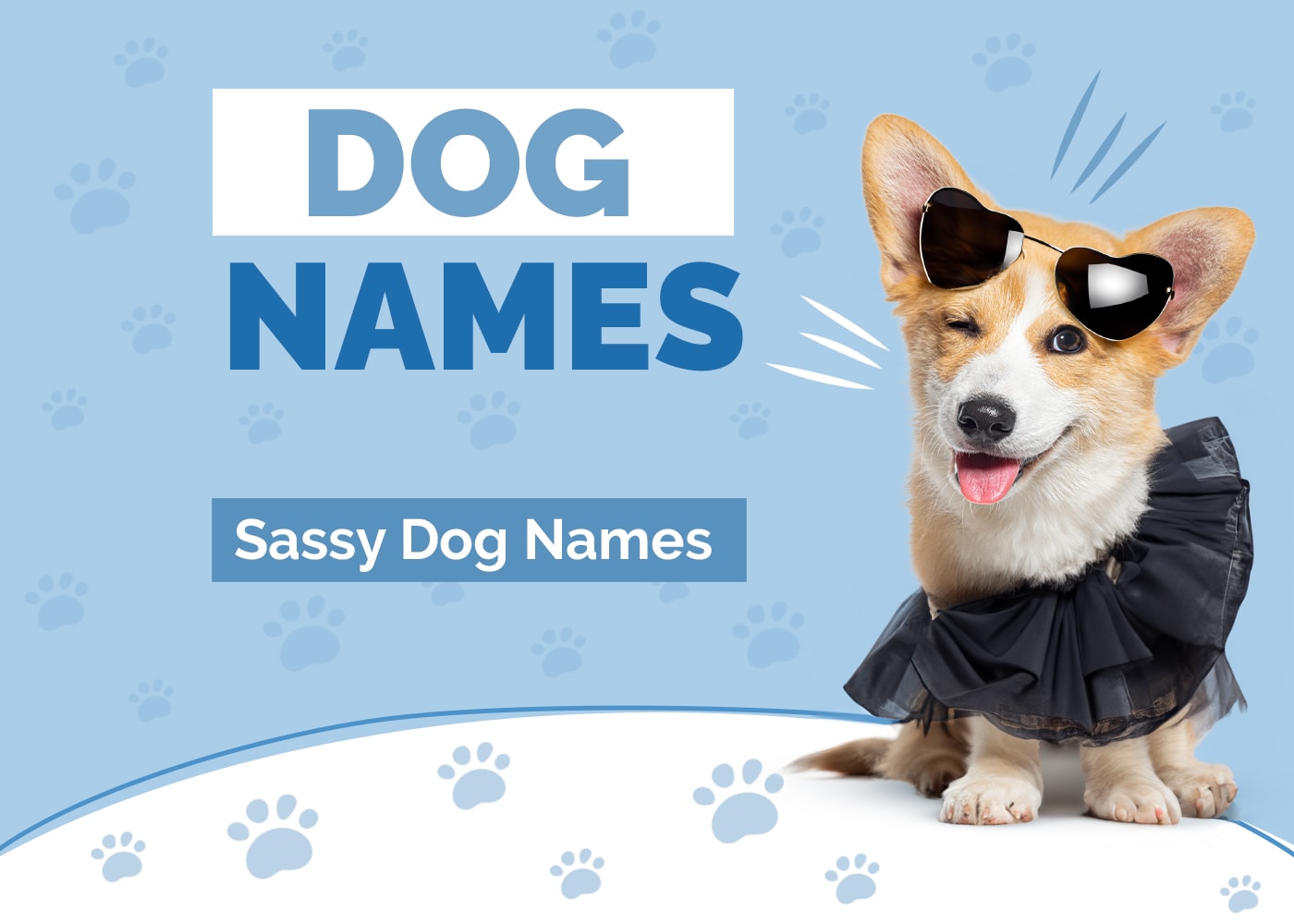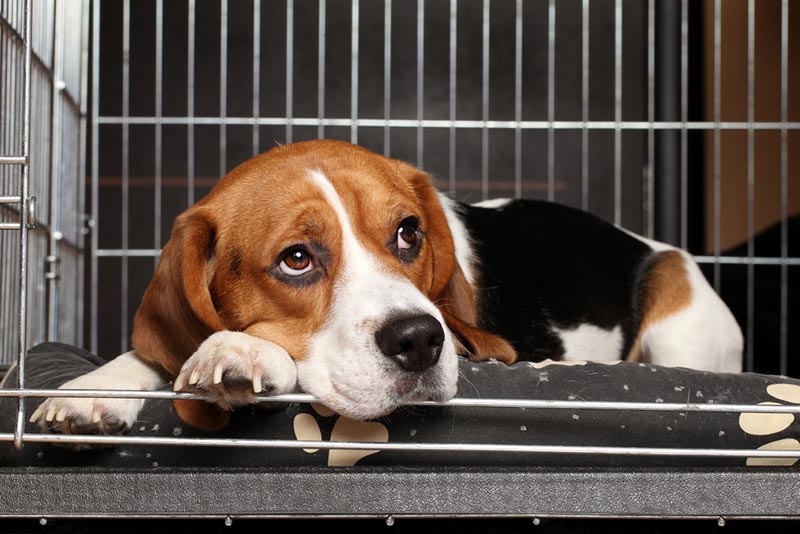Dog Modeling 101: How to Get Yours Into the Industry (4 Easy Steps)

Updated on
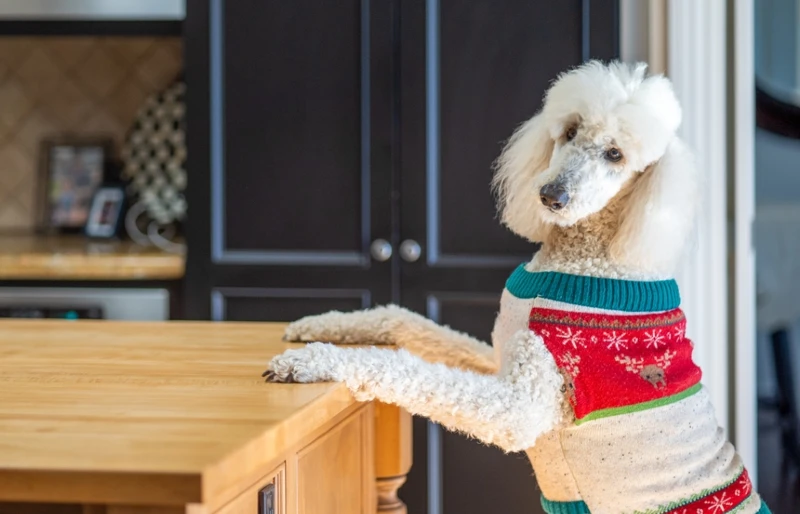
Does your dog have that one-of-a-kind charm that can capture anyone’s heart wherever they go? We all like to think our pups are the cutest on Earth, but if you think your dog has true moxie and next-level looks, a career in modeling could shift from a far-off fantasy to a real possibility. When you hear of select dog influencers earning five figures for a single photo, who wouldn’t want a shot at that kind of side hustle?
Of course, dog models likely wouldn’t make that money if it was an easy job. Becoming the next canine icon isn’t a two-step process, nor will your dog follow a straight line to success. When you’re ready to adventure into the exciting and unexpected world of dog modeling, follow these easy steps to give your pup the best chance of breaking into the industry.
How to Get Your Pet into the Dog Modeling Industry
Before You Start
There’s more to modeling than good looks. Even if your dog has the world’s most arresting stare, it won’t help them if they don’t have the personality to match. Dog modeling isn’t about taking a quick photo and calling it a day. It can be as grueling as human modeling. The expectations that a typical shoot puts on dogs will be completely unreasonable if they aren’t trained, socialized, and patient.
Before considering your dog for modeling, you must assess their personality and temperament. Are they even-tempered, friendly, and well-versed in commands like sit, stay, come, and roll over? Your dog must show poise for extended periods in unfamiliar, distracting, and often uncomfortable environments. If you want to boost their reputation, your dog needs the stamina to take direction in demanding circumstances.
A great way to determine your dog’s modeling chops is to check out a training program, particularly the Canine Good Citizen test. The 10-skill assessment focuses on fundamental manners and skills, a perfect foundation for the qualities your dog will need to succeed on the modeling circuit. Though unofficial in many respects, the certification is an excellent resume item, showcasing your dog’s aptitude and your capacity as a responsible owner.

What Is Your Dog’s Niche?
Dog models come from all walks of life, each contributing a unique benefit that captures one of the many defining dog traits. The goofiest Bulldog may be as good of a model as a majestic, athletic Doberman, but they’ll suit different audiences. Besides training, finding and fine-tuning your dog’s skill set will help you gain an edge over the competition.
If you’re having difficulty determining your dog’s unique trait, don’t despair. Start working with your dog to make them more obedient, and teach tricks to expand their skill set. No matter how successful, every dog model should strive for constant improvement. As you train your dog, you’ll better understand where they excel, helping you fine-tune your marketing angle to get more lucrative jobs.
1. Get Headshots
Your dog is trained, socialized, and ready to jump into their modeling career. The first point of order is to build your dog’s modeling portfolio, beginning with professional headshots. Every hiring agent will demand expert photos showcasing your dog’s camera readiness.
Alongside an up-close headshot, you’ll want various shots of your dog’s body in a sitting photo looking at the camera and a profile photo in a standing position to show off your dog from all angles. You’ll also want to incorporate a few extra shots if your dog has a special skill or look you want to show off.
Unless you have a superior eye for photography, you should defer to a professional. A dog photographer can cost $50 or several hundred dollars per hour, and you can generally expect the quality to match the price.
Alongside the shoot, you’ll also pay for the time to sort and edit the photos into a final product. Total costs can often exceed $500, with many costing a few thousand dollars. But this infrequent investment is often necessary to garner meaningful attention.
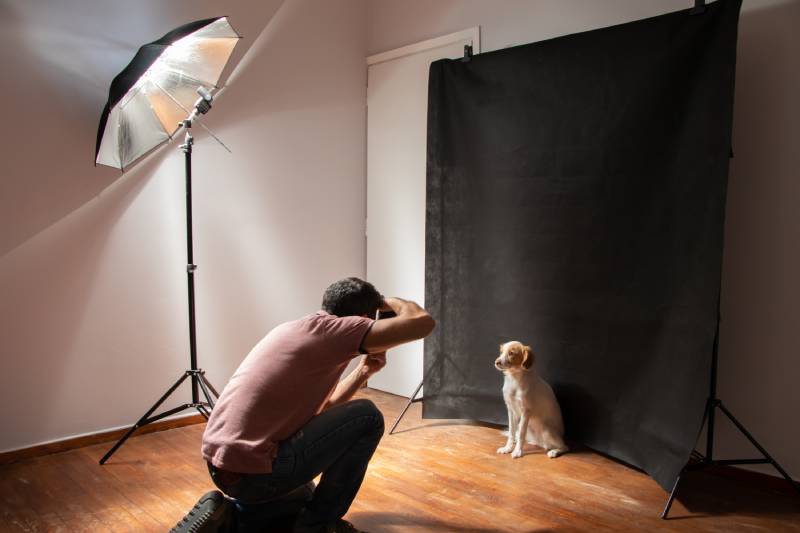
2. Create a Dog Modeling Resume
A dog resume is a written summation of your dog’s qualifications. While it works similarly to a professional resume, you have more flexibility to point out unofficial or uncertified skills or qualities, like commands and tricks. Before your dog gains modeling experience, you can at least acquire certifications and awards to help them prove their merit. You should also include information that can help place your dog with appropriate work, like breed, size, and age.
Beyond the resume, you can create a more comprehensive identity package to help build your dog’s brand. Business cards and swag are neat touches, and you can kick your dog’s profile up a notch with a dedicated website.
Embrace your role in marketing your dog at this stage. Social media is an enormous tool to leverage in building your dog’s modeling career while also amassing an immediately profitable following as an influencer. Promote your dog with daily snapshots, videos, quizzes, questionnaires, and other fun audience-engagement strategies.
3. Hire an Agent
Agents are indispensable assets in finding work for your dogs. As an industry insider, a respectable agent can get exclusive access to unadvertised jobs and help you gain favor for particular jobs. They’ll promote your dog within their network and accelerate their career growth.
Many employ decorated trainers to work with your dog as well. Alongside the promotion, your dog can have tailored lessons relevant to the production experience, giving them another leg up on the competition.
Modeling agents have unique registration requirements, and not all states have agencies. For big-money jobs, most relevant agents work around New York or California. But if you look hard enough, you can find smaller agencies in pockets like Georgia or Michigan.
If there’s noteworthy talent, you might have the option to work with agents remotely. They traditionally work on commission, usually taking about 10%–20% per job. As trusted pros base their pay on what they deliver, stay wary of marketers that charge up-front or hourly fees.

4. Promote Your Pup
Agents are a critical aid in the classic marketing aspects of dog modeling. But you must appreciate the power of social media if you hope to make the big bucks nowadays. Many major companies look for impactful influencers, dogs with Instagram followings of 10,000, 100,000, or 1 million accounts. Once you build that online support, you can leverage pet influencer agencies to market your dog and find work.
Creating an online presence takes work. You need an organized schedule with frequent posts and must research your audiences to ensure you deliver relevant content that attracts them. On top of all that, you must engage your audience to keep up your activity. For many hiring agents, constant action and conversation are more important than your number of followers.
Are Some Dog Breeds Better Models Than Others?
Temperament is unique, and as the most critical aspect of a dog’s modeling success, it doesn’t immediately qualify or disqualify certain breeds as models. Nevertheless, some dogs are likely to snag modeling roles due to their general popularity. French Bulldogs, the number one dog in America, are Instagram favorites, while Golden Retrievers are as handsome as they are biddable.
You may have a rare breed or a mix that wouldn’t usually get much notice, but don’t discount your dog’s special traits. Unique skills and personalities can all grab attention and be beneficial from a marketing perspective. It’s up to you to discover that angle and run with it.
Final Thoughts
The most fundamental condition of pursuing dog modeling is tempering expectations. Making it big is as rare for a dog as it is for a person. If you get into modeling expecting to hit the jackpot without understanding the work involved, you’ll only disappoint yourself.
Rather than burn yourself out stressing over the payout, concentrate on the fun aspects. Dog modeling can be an incredible experience, and the path to the first audition or photo shoot should be as fulfilling and enriching as any other bonding activity. Prepare your dog with training, promote their brand daily, and enjoy the ride as you help your pup follow these simple steps to stardom.
Featured Image Credit: Alexandra Bilham, Shutterstock


